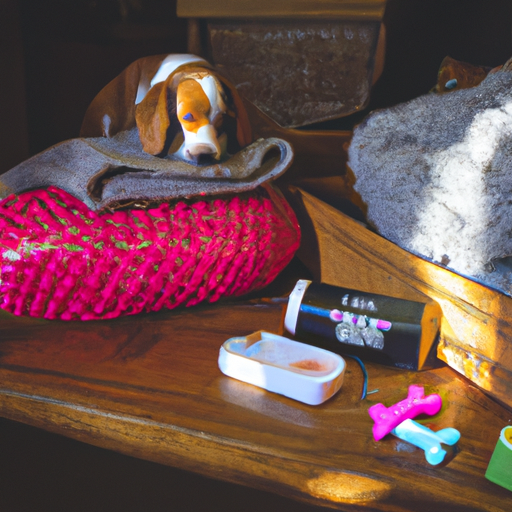As a dog parent, it’s tough to watch your furry friend struggle with separation anxiety. This is a common problem, affecting roughly 20-40% of dogs in the United States alone. The good news is there are several strategies and products available to help manage this condition and improve your pet’s quality of life.
Table of Contents
- Understanding Separation Anxiety
- Non-Medical Approaches
- Medical Approaches
- Frequently Asked Questions
Key Takeaways:
- Understanding separation anxiety in dogs is the first step towards managing the condition.
- A combination of non-medical and medical approaches can be effective in reducing anxiety.
- Regular consultation with your vet is crucial in managing your dog’s separation anxiety.
Understanding Separation Anxiety
Separation anxiety in dogs is a distressing condition. It’s characterized by signs of distress, such as excessive barking, destructive behavior, and even self-harm when left alone. Recognizing these signs is the first step towards helping your dog.
Different breeds may be more prone to this condition due to their strong attachment to their human companions. The American Kennel Club provides a wealth of information on different breeds and their predispositions.
Non-Medical Approaches
Before considering medication, it’s worth exploring non-medical approaches to managing separation anxiety.
1. Training:
Behavioral modification is often the first line of treatment. This typically involves desensitizing the dog to your departure cues and gradually increasing the time they spend alone. It’s a slow process, but with patience and consistency, it can be very effective.
2. Environmental enrichment:
Providing mental and physical stimulation before you leave can help reduce your dog’s anxiety. This could involve a long walk, puzzle toys, or a new chew toy. The One Top Dog blog provides a list of stimulating toys and activities for your dog.
3. Comfort items:
Providing your dog with a piece of your clothing that smells like you can provide comfort. A familiar scent can provide reassurance and help reduce anxiety.
4. Professional help:
Sometimes, professional help is necessary. Dog trainers and behaviorists can provide tailored strategies to help manage your dog’s anxiety.
Medical Approaches
If non-medical approaches are not enough, it may be time to consider medication. Always consult with your vet before starting any type of medication.
1. Over-the-counter supplements:
There are several natural supplements available that can help manage mild to moderate anxiety. These supplements often contain ingredients like chamomile, tryptophan, and melatonin. One Top Dog has a great article on natural supplements for dogs.
2. Prescription medication:
In severe cases, prescription medication may be necessary. These medications can help reduce anxiety and should be used in conjunction with behavioral modification strategies.
Frequently Asked Questions
1. What breeds are more prone to separation anxiety?
Breeds that are known to be more prone to separation anxiety include Labrador Retrievers, German Shepherds, and Border Collies. However, any breed can develop separation anxiety.
2. Can separation anxiety in dogs be cured?
There is no definitive cure for separation anxiety in dogs. However, with a combination of training, environmental enrichment, and medication (if necessary), it can be effectively managed.
3. Can I leave my dog alone if he has separation anxiety?
It can be distressing to leave a dog with separation anxiety alone. However, with proper training and management strategies, it is possible to gradually increase the amount of time they can spend alone.
Remember, separation anxiety is not a reflection of poor training or a lack of love from your dog. It’s a serious condition that requires understanding, patience, and often professional help. By understanding your dog’s needs and providing them with the necessary support, you can help them live a happier, healthier life.



